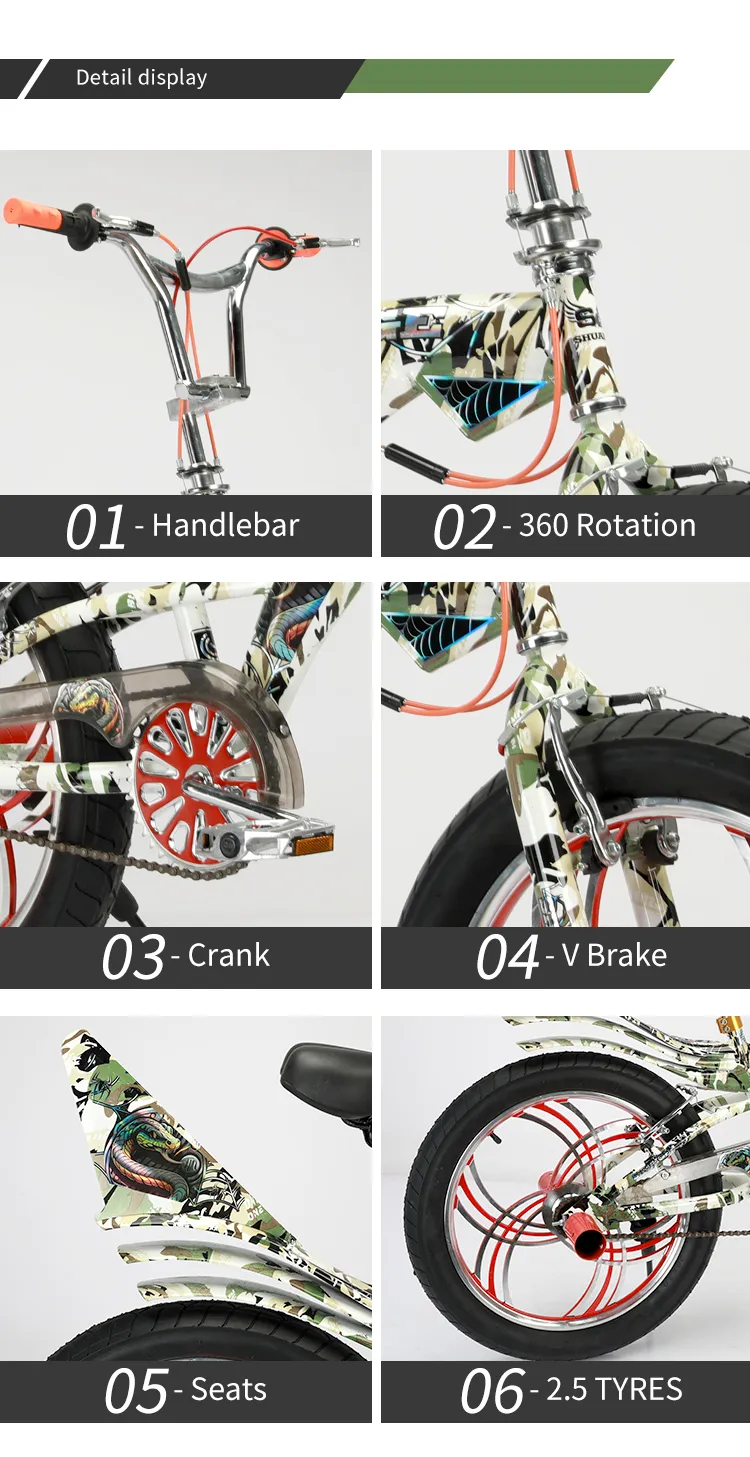
-
 Afrikaans
Afrikaans -
 Arabic
Arabic -
 Belarusian
Belarusian -
 Bengali
Bengali -
 Bulgarian
Bulgarian -
 Croatian
Croatian -
 Czech
Czech -
 Danish
Danish -
 Dutch
Dutch -
 English
English -
 Finnish
Finnish -
 French
French -
 German
German -
 Greek
Greek -
 hawaiian
hawaiian -
 Hebrew
Hebrew -
 Hindi
Hindi -
 Hungarian
Hungarian -
 Indonesian
Indonesian -
 irish
irish -
 Italian
Italian -
 Japanese
Japanese -
 Javanese
Javanese -
 kazakh
kazakh -
 Khmer
Khmer -
 Korean
Korean -
 Kyrgyz
Kyrgyz -
 Lao
Lao -
 Latin
Latin -
 Luxembourgish
Luxembourgish -
 Malay
Malay -
 Myanmar
Myanmar -
 Norwegian
Norwegian -
 Persian
Persian -
 Polish
Polish -
 Portuguese
Portuguese -
 Romanian
Romanian -
 Russian
Russian -
 Serbian
Serbian -
 Slovak
Slovak -
 Somali
Somali -
 Spanish
Spanish -
 Swedish
Swedish -
 Tagalog
Tagalog -
 Thai
Thai -
 Turkish
Turkish -
 Turkmen
Turkmen -
 Ukrainian
Ukrainian -
 Uighur
Uighur -
 Vietnamese
Vietnamese
joulu . 04, 2024 09:59 Back to list
how to pick a bicycle size
How to Pick the Right Bicycle Size
Choosing the right bicycle size is crucial for both comfort and performance when riding. A properly sized bike not only enhances your riding experience but also helps to prevent injuries. Here’s a comprehensive guide to help you select the perfect bicycle size based on different types of bikes and your personal measurements.
1. Understand the Types of Bicycles
Before selecting a size, it's important to recognize that different types of bicycles may have different sizing standards. Common categories include road bikes, mountain bikes, hybrid bikes, and city bikes. Each type is designed for specific riding purposes, which can influence sizing and fit.
2. Measure Your Height and Inseam
The first step in choosing the right bike size is to measure your height and inseam length. To measure your height, simply stand against a wall without shoes, making sure your heels are touching the wall. For your inseam, stand with your feet approximately 6 inches apart and measure from the ground to your crotch. This measurement will help you determine which size category you fall into.
Most bike manufacturers provide size charts that correlate height and inseam measurements with specific bike sizes. These charts generally indicate small, medium, large, and extra-large sizes for different types of bikes. For instance, a common size chart for a road bike might indicate the following
- Small (S) Height 5'2 - 5'6, Inseam 26 - 30 - Medium (M) Height 5'6 - 5'10, Inseam 30 - 34 - Large (L) Height 5'10 - 6'1, Inseam 34 - 37 - Extra Large (XL) Height 6'1 - 6'4, Inseam 37 - 40
how to pick a bicycle size

These sizes might vary slightly from one manufacturer to another, so it's always best to consult the specific chart for the bike you’re considering.
4. Test Ride Before You Buy
While size charts are a great starting point, the best way to determine if a bike fits you properly is to test ride it. When you sit on the bike, there should be a slight bend in your knee when the pedal is at its lowest point. Your arms should be slightly bent, and you should feel comfortable. When standing over the bike, there should be about 1-3 inches of clearance for road bikes and 3-5 inches for mountain bikes.
5. Consider Adjustability
Many modern bikes offer some degree of adjustability, especially in the saddle height and handlebar position. If you find a bike that is almost the right size but may be a bit off, features like adjustable seat posts or stem lengths can help fine-tune the fit. However, while adjustability can remedy small discrepancies, starting with the right base size is still essential.
6. Seek Professional Guidance
If you are still unsure about the right size, many local bike shops offer fitting sessions where professionals can help you assess your measurements and take into account other factors like flexibility, body type, and riding style. These sessions can provide valuable insights and significantly enhance your riding experience.
Conclusion
Choosing the right bicycle size involves understanding your body measurements, consulting size charts, and verifying with a test ride. With the correct size, you will find riding more enjoyable and less taxing on your body. Before making a purchase, take your time to research and even consult with professionals to ensure that you make an informed decision that suits your riding needs. Happy cycling!
-
Red Black BMX Bike with GPT-4-Turbo AI Tech
NewsJul.31,2025
-
New Red Anti-theft E-Bike | Easy Ride City Commuter
NewsJul.31,2025
-
BMX 20 Inch Bikes for Freestyle & Street | Fat Tire Options Available
NewsJul.30,2025
-
322 High Quality 26 Inch 21 Speed Adult Mountain Bike OEM MTB
NewsJul.29,2025
-
Specialized Kids Mountain Bikes - Safe, Durable & Fun Riding Experience
NewsJul.29,2025
-
Little Kids Mountain Bike - Lightweight Bikes for Young Riders
NewsJul.29,2025

